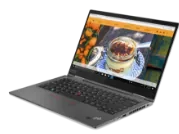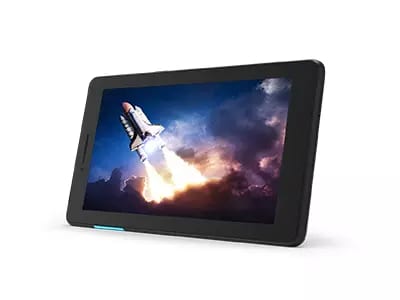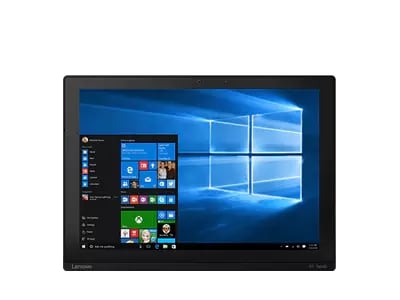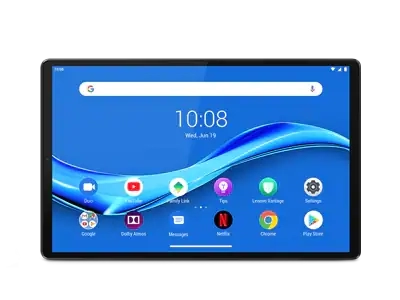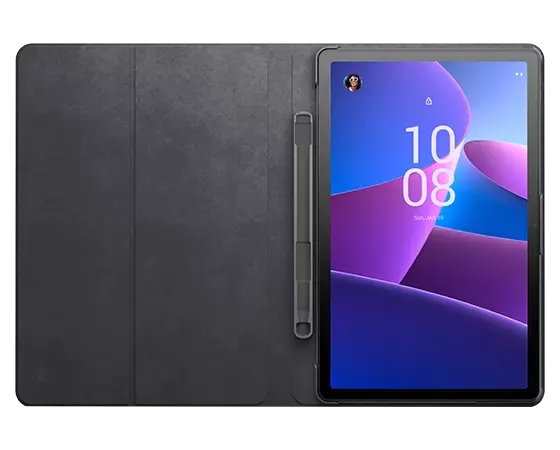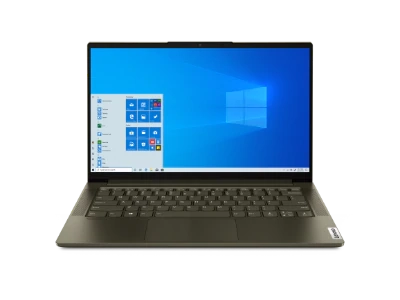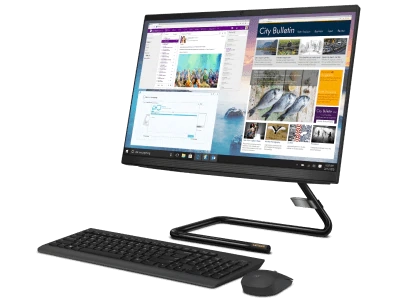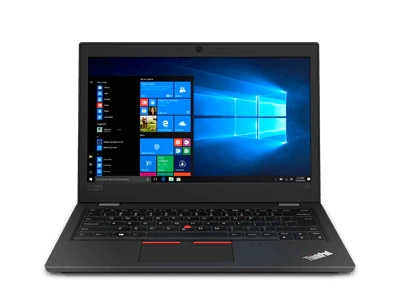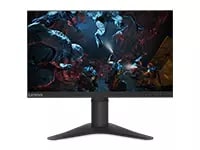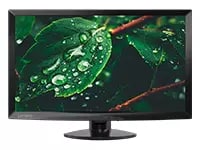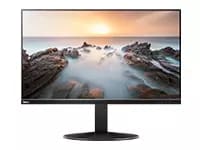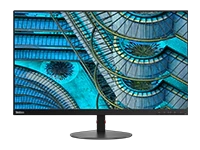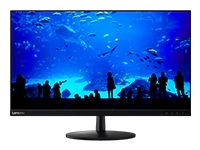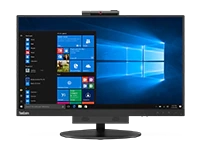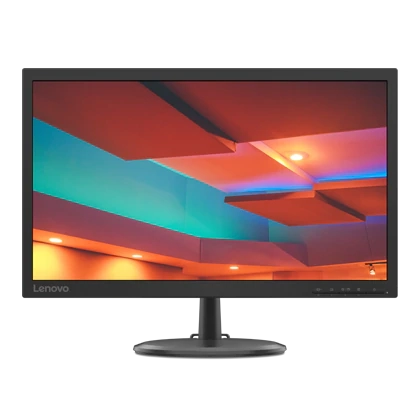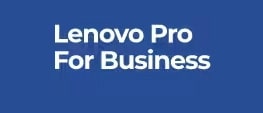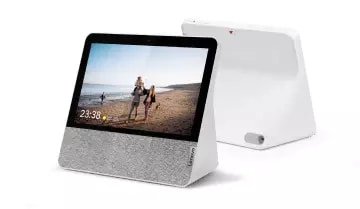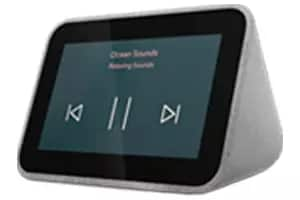What is a netbook?
The term "netbook" is a perfect description of the product: a small laptop PC intended mostly for using internet-based tools and services -- surfing the web, running lightweight apps, saving files to the cloud, and so on. Built with less costly components and fewer optional features, netbooks were designed to be affordable systems for casual personal or family use, limited-duration business work, or as an easily portable travel companion.
Netbooks were very popular from 2007-2014 or so, but their position in the PC marketplace has eroded, with tablets becoming the preferred choice for consumers seeking ultraportable systems for casual use. Plus, the distinctiveness of the netbook as a "smaller laptop" category has decreased as ever-smaller but still full-featured laptops hit the market. Today, the difference between netbooks and regular laptops is less their size than their price, with highly usable netbooks available for $200 or less.
The netbook market is now dominated by smaller manufacturers. Many larger PC manufacturers don't even market systems as "netbooks" anymore, instead offering their netbook-style models simply as lower priced, less powerful options within existing laptop product lines.
What defines a netbook?
The netbook has always been better defined as a concept than by a series of specific size and weight specifications. That's because companies used the term netbook to describe a wide range of smaller-than-a-laptop systems, from models with 6"-7" displays (not much bigger than a large smartphone) to ones with very laptop-like 11"-13" displays.
So, in the simplest terms, a netbook is a laptop (meaning it's got a hard frame and attached lid/display) that is intentionally designed to be smaller and cheaper than other systems in that class. To find this low-cost "sweet spot" in the marketplace, netbooks have some major differences compared to laptops:
- Processor: Netbook processors need to operate within even smaller spaces than laptop processors, so netbooks typically use low-voltage, low-power CPUs similar to those used in tablet PCs. This limits their cycle times to the range of 1 GHz to 2 GHz and makes advanced spreadsheet or photo editing programs slower than on other systems.
- Storage: To achieve their light weight (typically about 2 lbs.), netbooks contain much smaller hard drives and, therefore, less storage space. Capacities vary widely, from smartphone-like 32-64 GB models to ones with 150 GB or more. Systems with solid-state drives offer higher capacities but the cost of the drives pushes them to the upper half of the netbook price range.
- Features: Like tablets, netbooks are built to use the internet for accessing and using remote services, saving data to the cloud, and so on. So, you won't find a DVD drive on most netbooks. There are still multiple ports to attach USB devices, external monitors, etc., but the number and type of ports typically goes down along with the price of the system.
As with most consumer products, if you're willing to pay more, you can find netbooks with comparatively faster processors, more storage capacity and additional features such as touch screens, handles, Bluetooth connectivity, and so on. So, when shopping, read the specifications carefully. Today's market includes an amazingly wide range of netbook-style capabilities, styles and prices.
Pros and cons of netbooks
The typical netbook buyer wants a highly portable, "smaller-than-a-laptop" system but doesn't need the speediest processor, high-capacity hard drive or other features of a bigger, heavier laptop. In short, as shown in the following table, a netbook is a compromise.
| Advantages of a netbook:
|
Disadvantages of a netbook:
|


Limits: Orders limited to 5 computers per customer. For larger quantities, go to the “Where to Buy” section of the website for details of resellers and retailers of Lenovo products
Offerings and Availability: All offers subject to availability. Offers, prices, specifications and availability may change without notice. Product offerings and specifications advertised on this website may be changed at any time and without notice. Models pictured are for illustration purposes only. Lenovo is not responsible for photographic or typographic errors..
PCs shown here are shipped with an operating system.
Prices: Web prices advertised include VAT. Prices and offers in the cart are subject to change until the order is submitted. *Pricing - savings referenced off regular Lenovo web prices. Reseller prices may differ from those advertised here.
**Battery: These systems do not support batteries that are not genuine Lenovo-made or authorised. Systems will continue to boot, but may not charge unauthorised batteries. Lenovo has no responsibility for the performance or safety of unauthorised batteries, and provides no warranties for failures or damage arising out of their use. **Battery life is based on the MobileMark® 2014 methodology and is an estimated maximum. Actual battery life may vary based on many factors, including screen brightness, active applications, features, power management settings, battery age and conditioning, and other customer preferences.
Finance is provided by Duologi. Duologi is the trading name of Specialist Lending Ltd.
General: Review key information provided by Microsoft® that may apply to your system purchase, including details on Windows 10, Windows 8, Windows 7, and potential upgrades/downgrades. Lenovo makes no representation or warranty regarding third-party products or services.
Trademarks: Lenovo, ThinkPad, IdeaPad, ThinkCentre, ThinkStation and the Lenovo logo are trademarks of Lenovo. Microsoft, Windows, Windows NT, and the Windows logo are trademarks of Microsoft Corporation. Ultrabook, Celeron, Celeron Inside, Core Inside, Intel, Intel Logo, Intel Atom, Intel Atom Inside, Intel Core, Intel Inside, Intel Inside Logo, Intel vPro, Itanium, Itanium Inside, Pentium, Pentium Inside, vPro Inside, Xeon, Xeon Phi, Xeon Inside, and Intel Optane are trademarks of Intel Corporation or its subsidiaries in the U.S. and/or other countries.© 2023 Advanced Micro Devices, Inc. All rights reserved. AMD, the AMD Arrow logo, Athlon, EPYC, FreeSync, Ryzen, Radeon, Threadripper and combinations thereof are trademarks of Advanced Micro Devices, Inc. Other company, product or service names may be trademarks or service marks of others.






